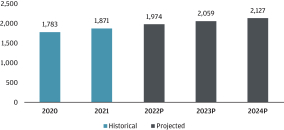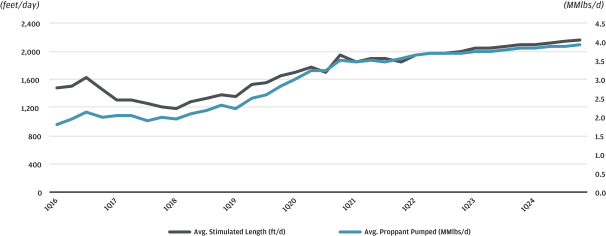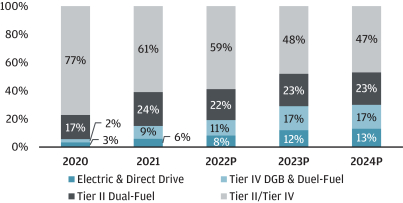Filed Pursuant to Rule 424(b)(4)
Registration No. 333-261255
Prospectus
16,000,000 shares

ProFrac Holding Corp.
Class A common stock
This is our initial public offering. We are offering 16,000,000 shares of our Class A common stock.
Prior to this offering, there has been no public market for our Class A common stock. The initial public offering price is $18.00 per share of Class A common stock. We have been approved to list our Class A common stock on the Nasdaq Global Select Market (“Nasdaq”) under the symbol “PFHC.”
THRC Holdings, LP (“THRC Holdings”), the Farris and Jo Ann Wilks 2022 Family Trust and their affiliates have agreed to collectively purchase in this offering an aggregate of 5,200,000 shares of our Class A common stock at the price to the public. The underwriters will not receive any underwriting discounts or commissions on the shares sold to such purchasers. The number of shares available for sale to the general public was reduced by such purchases. See “Underwriting” beginning on page 176.
To the extent that the underwriters sell more than 16,000,000 shares of Class A common stock, the underwriters have the option to purchase, exercisable within 30 days from the date of this prospectus, up to an additional 2,400,000 shares of Class A common stock from us at the public offering price less the underwriting discounts and commissions.
We are an “emerging growth company” as that term is used in the Jumpstart Our Business Startups Act of 2012, or JOBS Act, and as such, we have elected to take advantage of certain reduced public company reporting requirements for this prospectus and future filings. See “Risk Factors” and “Summary—Emerging Growth Company.”
Investing in our Class A common stock involves risks. See “Risk Factors” beginning on page 37 to read about factors you should consider before buying shares of our Class A common stock.
Neither the Securities and Exchange Commission nor any state securities commission has approved or disapproved of these securities or determined if this prospectus is truthful or complete. Any representation to the contrary is a criminal offense.
| Per share | Total | |||||||
| Initial public offering price |
$ | 18.00 | $ | 288,000,000 | ||||
| Underwriting discounts and commissions(1)(2) |
$ | 1.17 | $ | 12,636,000 | ||||
| Proceeds, before expenses, to ProFrac Holding Corp. |
$ | 16.83 | $ | 275,364,000 | ||||
| (1) | Please read “Underwriting” for a description of all underwriting compensation payable in connection with this offering. |
| (2) | Reflects the purchase by THRC Holdings, LP, the Farris and Jo Ann Wilks 2022 Family Trust and their affiliates of an aggregate of 5,200,000 shares of our Class A common stock in this offering, for which the underwriters will not receive any underwriting discounts or commissions. |
Delivery of the shares of Class A common stock is expected to be made on or about May 17, 2022.
| J.P. Morgan | Piper Sandler | Morgan Stanley | ||
| BofA Securities | ||||
| Capital One Securities |
Seaport Global Securities |
Stifel | Johnson Rice & Company L.L.C. |
The date of this prospectus is May 12, 2022.


























